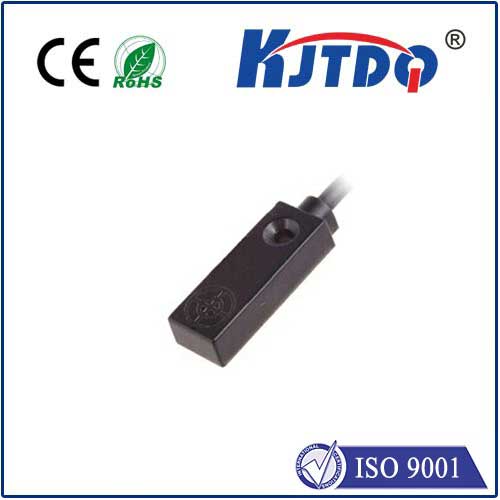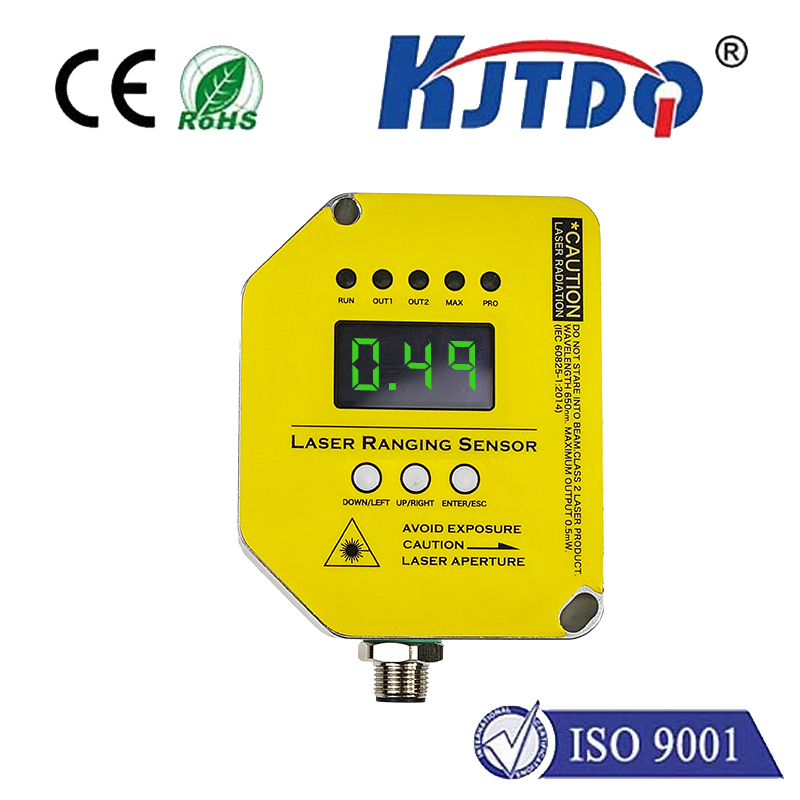

check

check

check

check
The F92A is a high-performance aircraft designed for a range of applications, from commercial aviation to specialized military and training uses. As a modern, versatile aircraft, it has gained attention for its advanced features, ease of operation, and adaptability. This article explores the key aspects of the F92A, including its design, performance, capabilities, and its role in today’s aviation landscape.
The F92A is a derivative of the F92, a versatile aircraft developed by the French aviation company, Aéronautique Industrielle. The F92A is known for its lightweight construction, high-speed performance, and excellent fuel efficiency. It is designed to be both a trainer and a commercial aircraft, making it a valuable asset for various aviation sectors. Its modular design allows for easy upgrades and modifications, ensuring that it remains relevant in a rapidly evolving industry.

One of the standout features of the F92A is its advanced avionics and flight control systems. The aircraft is equipped with state-of-the-art navigation and communication systems, enabling it to operate safely and efficiently in a variety of environments. The F92A also boasts a high payload capacity, making it suitable for both passenger and cargo transport. Its range and cruising speed are impressive, allowing it to cover long distances with minimal fuel consumption.
The F92A is also notable for its ease of maintenance and operation. Its design minimizes the complexity of routine maintenance, which is critical in the aviation industry. This makes it an attractive option for airlines and private operators who prioritize cost-effectiveness and reliability. The aircraft’s ergonomic layout and intuitive controls enhance pilot experience, contributing to safer and more efficient operations.
In addition to its technical specifications, the F92A is being considered for various roles in the aviation sector. It is currently being used as a trainer aircraft for military and civilian pilots, offering a comprehensive and practical learning environment. Its versatility makes it an excellent choice for training programs that require a wide range of flight skills.
The F92A’s adaptability extends beyond training. It is also being considered for commercial applications, including the transport of passengers and cargo. Its ability to operate in different environments, from urban air mobility to remote aviation routes, highlights its potential in a growing aviation industry. As the demand for more efficient and sustainable aircraft increases, the F92A is positioned to play a significant role in shaping the future of aviation.
The F92A represents a significant advancement in aircraft design, offering a blend of performance, reliability, and versatility. Its ability to adapt to different applications makes it a valuable asset for aviation operators and users around the world. As the aviation industry continues to evolve, the F92A stands out as a promising option for those seeking a reliable and efficient aircraft.









